It is known that a coaxial cable needs a balun to provide an optimal supply of a dipole antenna, because of the common mode current that comes back to the transmitter through the external surface of the shield
I will get back to this
Can we apply the same logic applied for the coaxial cable analysis?
Yes, but the situations are not quite identical, as we shall see.
thanks to skin effect, current normally flows only in the upper part of GND plane.
The thickness of a conducting skin depends upon frequency. Below a certain frequency, current will flow throughout a conductor. The copper in a pcb may be thinner than the shield of a coaxial cable. Hence the frequency at which the conductor essentially becomes two conductors may be higher for microstrip than for coaxial cable.
when the microstrip conductors are connected to a dipole, a reverse current flows in the lower part of GND plane
If the frequency is high enough, and the antenna design (and/or balun) is such that this will occur.
to avoid this problem, we use a balun
if needed.
I was thinking that this reverse current should be present also in the strip. So why is this line unbalanced? Because these two reverse currents are not equal and opposite?
Now is the time I want to go back to the original comment you made.
It is known that a coaxial cable needs a balun to provide an optimal supply of a dipole antenna, because of the common mode current that comes back to the transmitter through the external surface of the shield
The current that flows back toward the transmitter on the outside of the coaxial does not necessarily reach the transmitter. I tried stressing in previous answer that the flow of electrons, i.e. conduction current, can be "transformed" into "displacement current", which is essentially capacitative coupling. That is, the electrons flowing along a conductor, may "collect" at certain points, raising the voltage at that point, and be capacitatively coupled through "space" to some other point of lower voltage.
If the transmitter feeds the transmission line via a transformer, then the currents, at the point of leaving the transmitter, must be equal, even though further down the transmission line, the currents may be unequal.
There are two senses in which a pair of conductors may be "unbalanced", and we need to distinguish between the two.
A pair of conductors may be "unbalanced" simply by virtue of the fact that we feed different currents into them. That is, they the conductors are unbalanced because they have a common mode signal.
However, a pair of conductors may also be "unbalanced" in the sense that even if we feed them with no common mode current, a common mode current develops in them as one moves away from the transmitter. Such is the case of coaxial cable feeding a dipole antenna.
A pair of conductors will become unbalanced if the electromagnetic fields they generate do not cancel. (That is, they radiate).
So now, back to your question:
I was thinking that this reverse current should be present also in the strip. So why is this line unbalanced? Because these two reverse currents are not equal and opposite?
Yes, there can be reverse current on the outside of the strip. But you must ask yourself whether the outside surfaces of the microstrip and the ground plane generate electromagnetic fields that cancel each other? It is unlikely while a) the ground plane is wider, and b) the ground plane conducts current from other parts of the circuit.
That is why a microstrip balun needs to "narrow" the ground plane.
Hope that helps your understanding.

